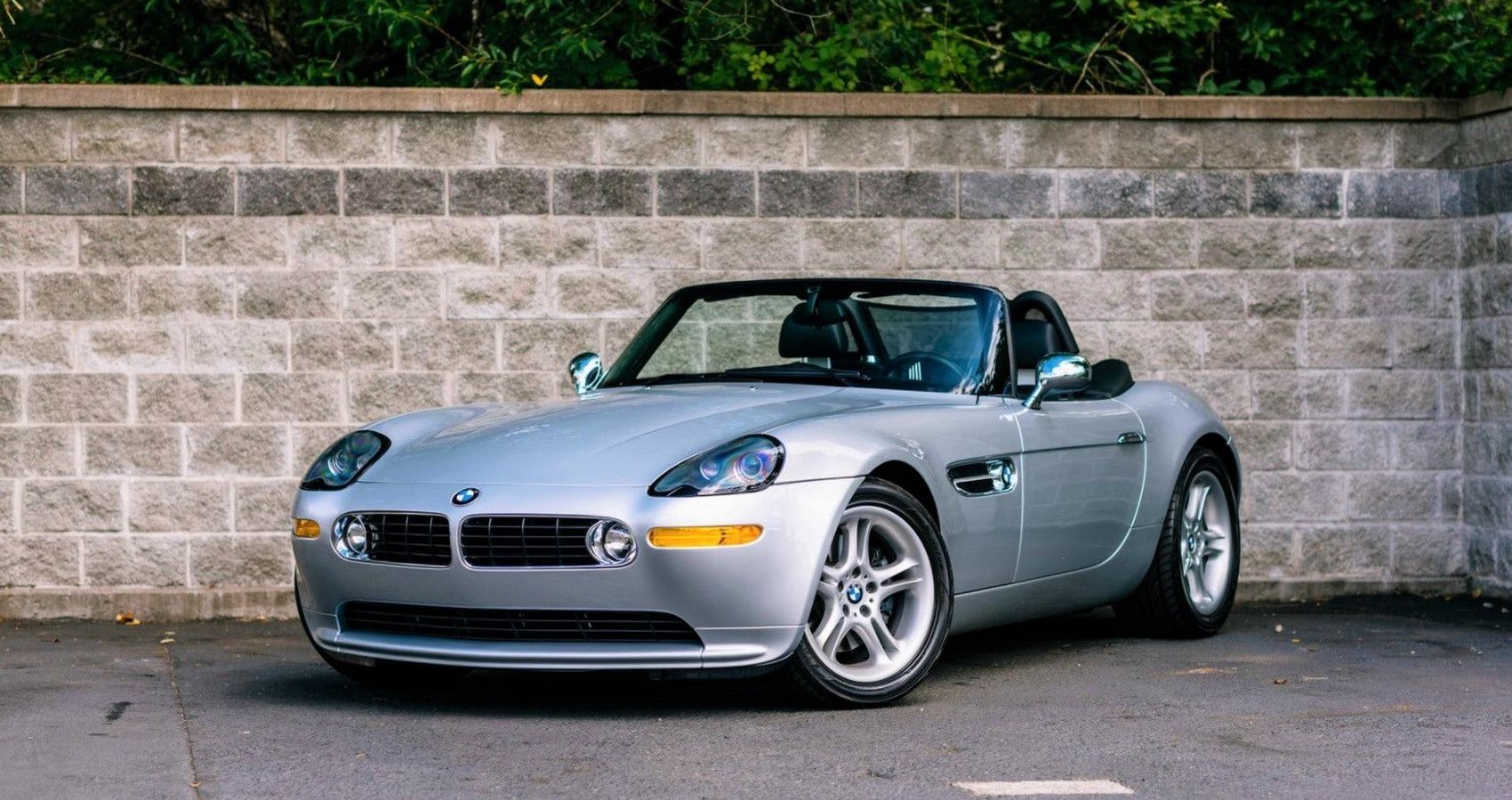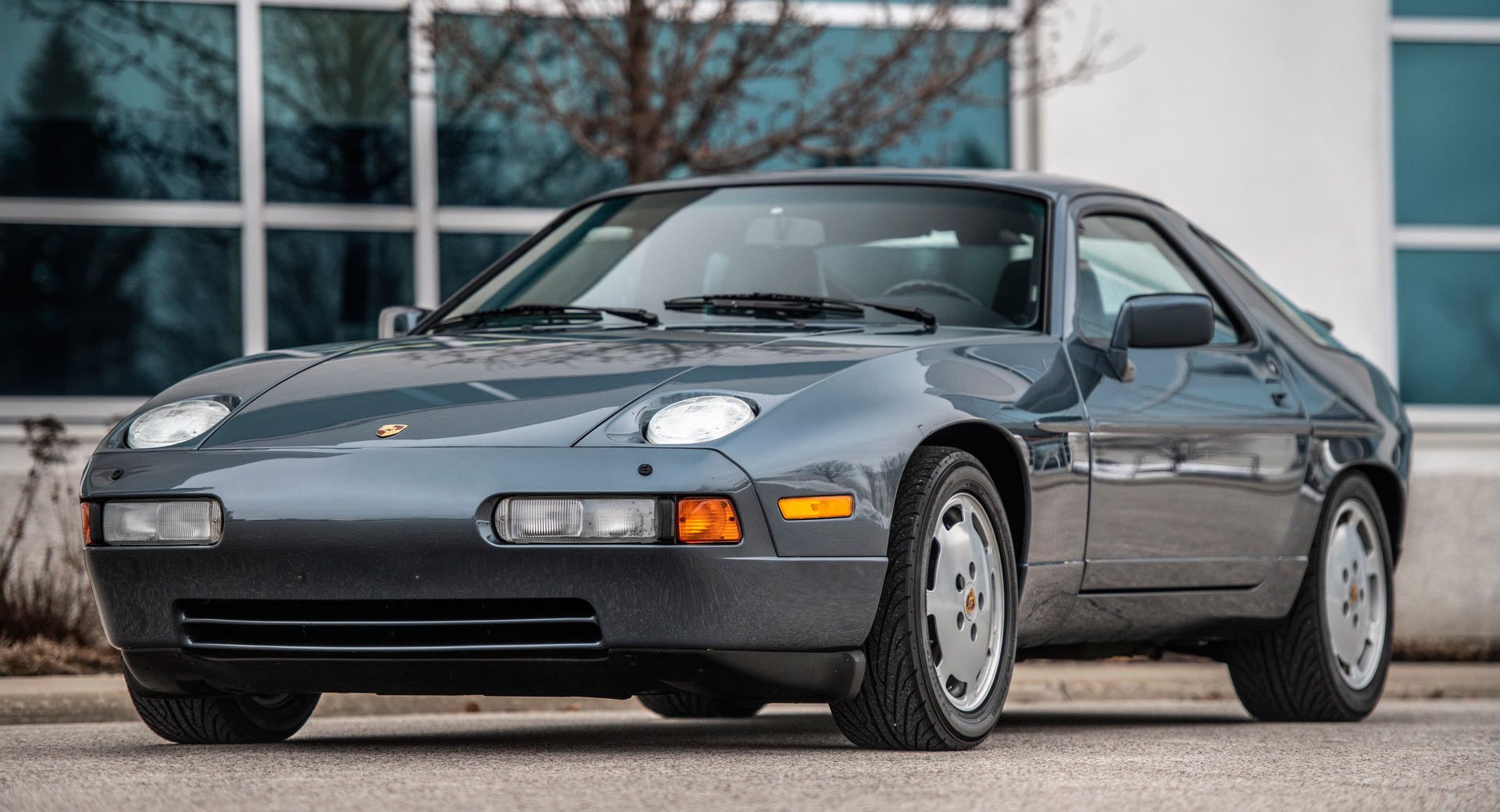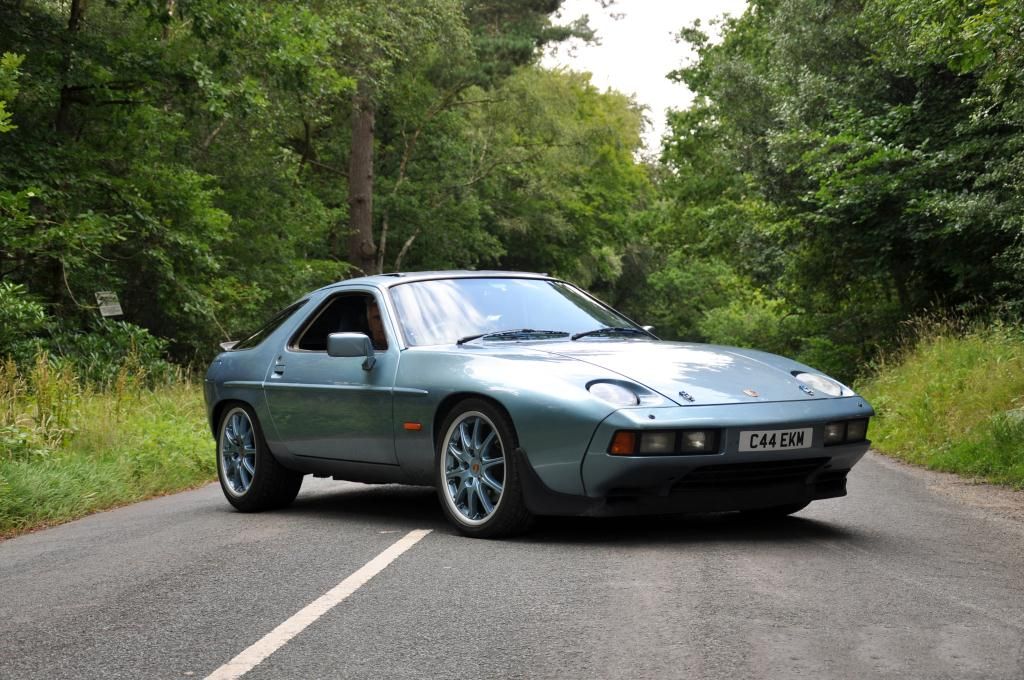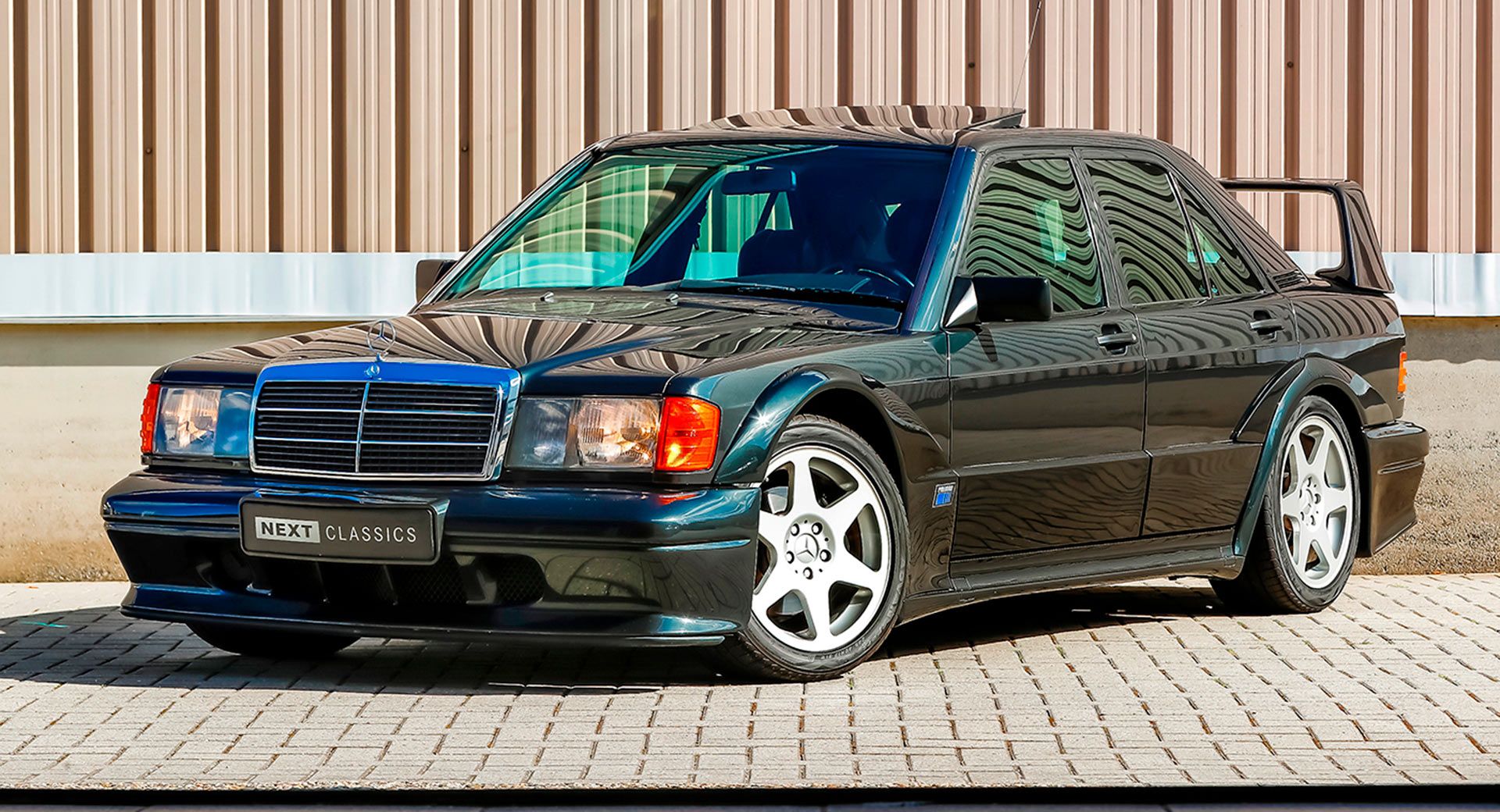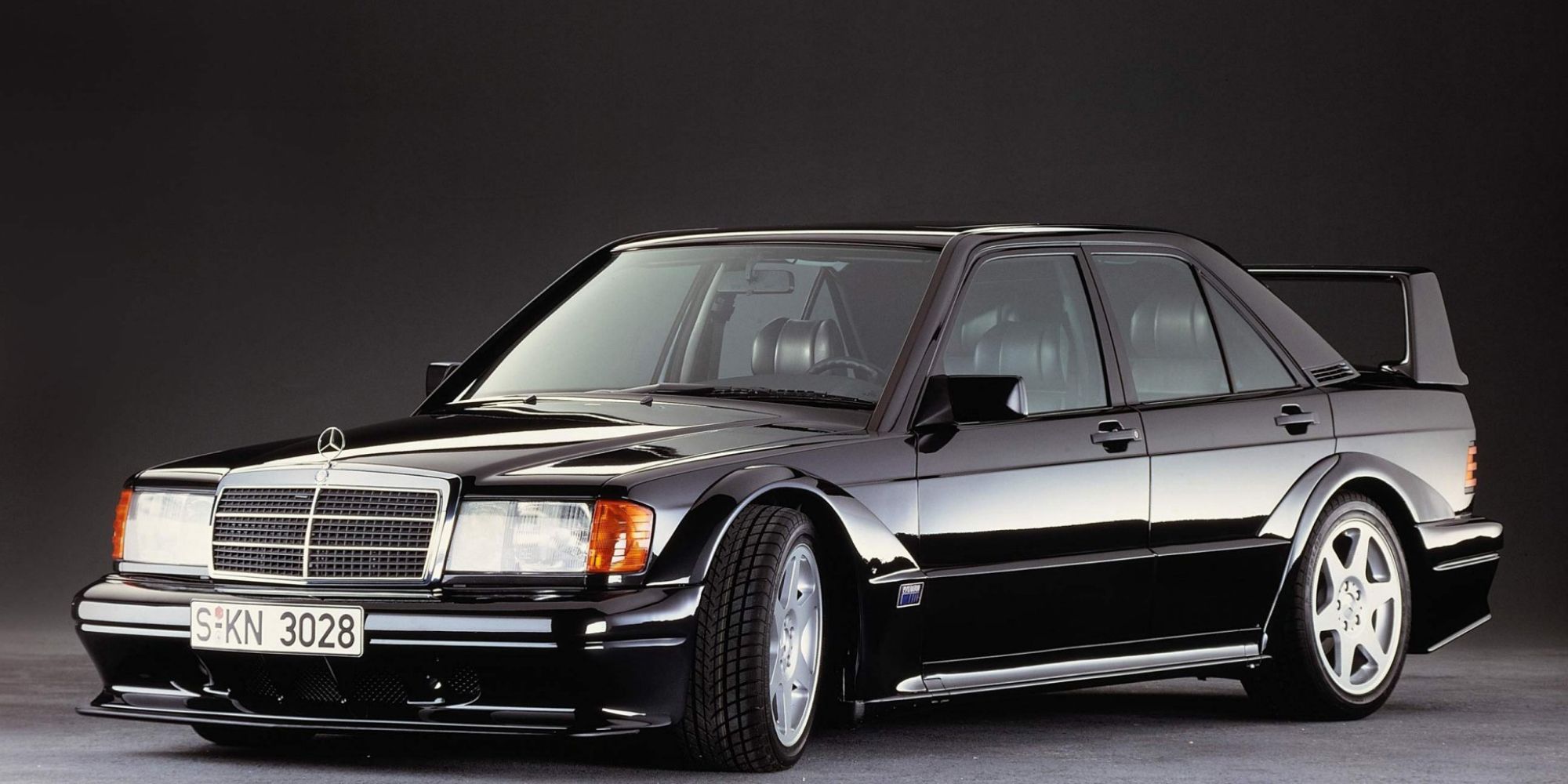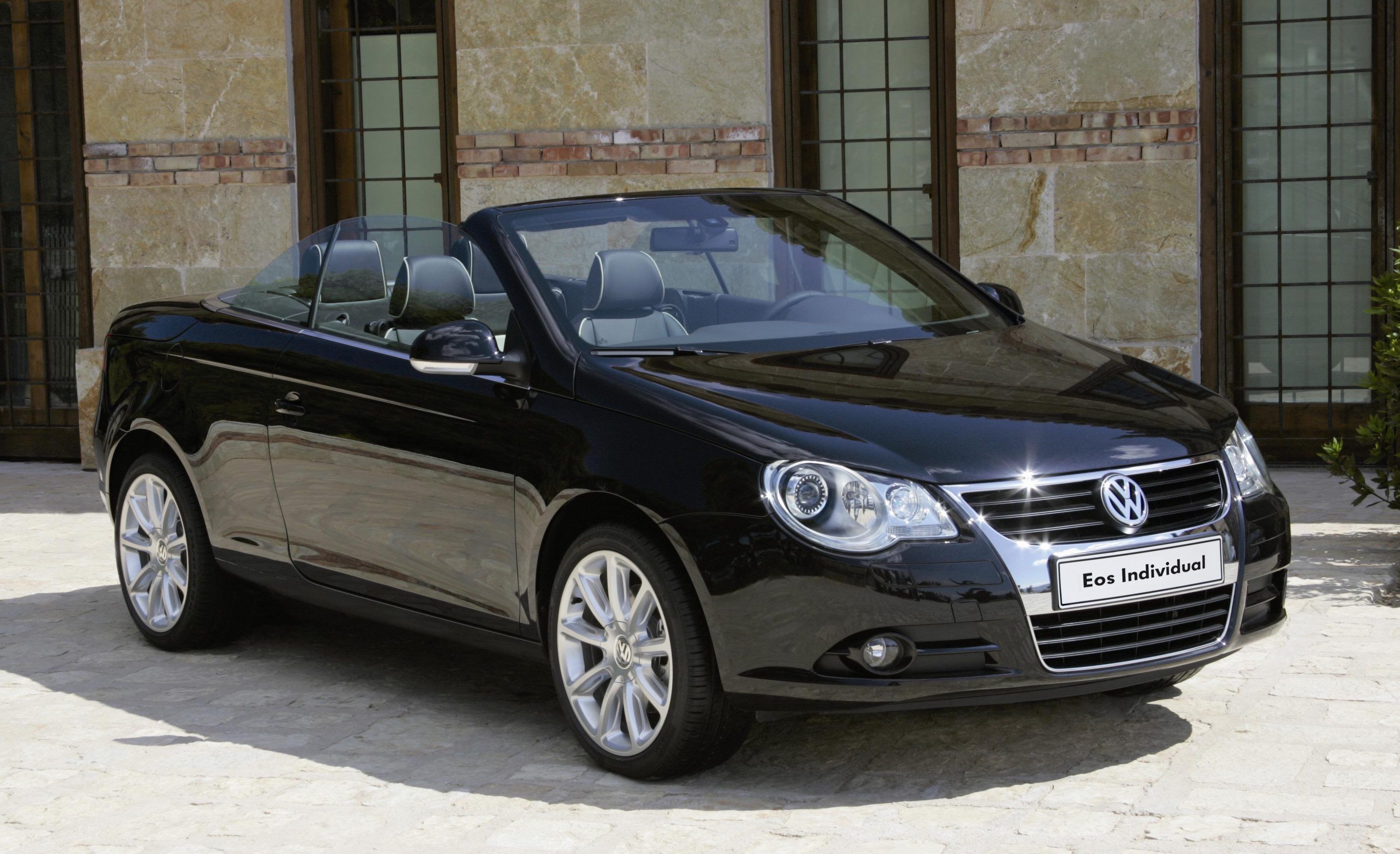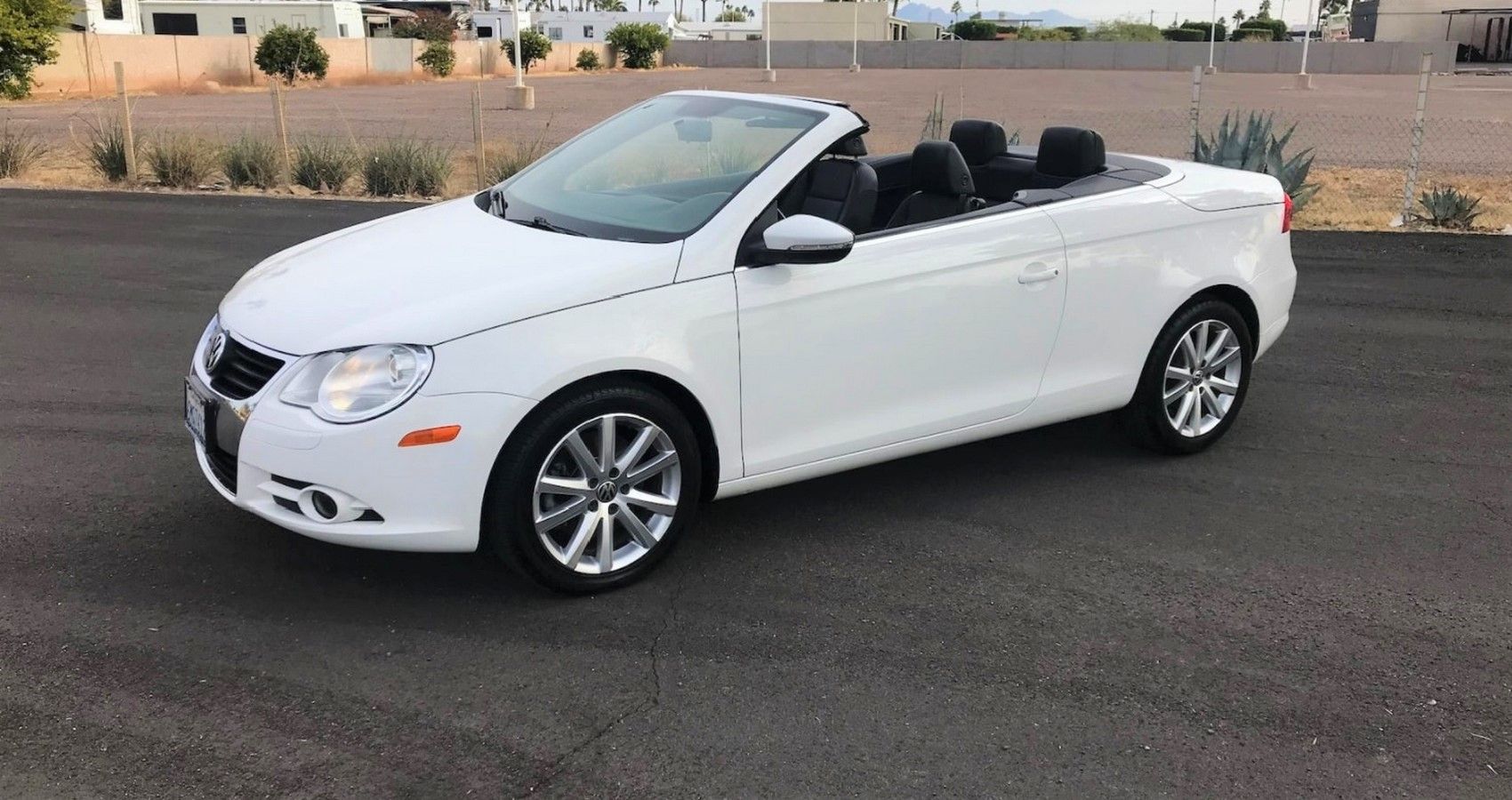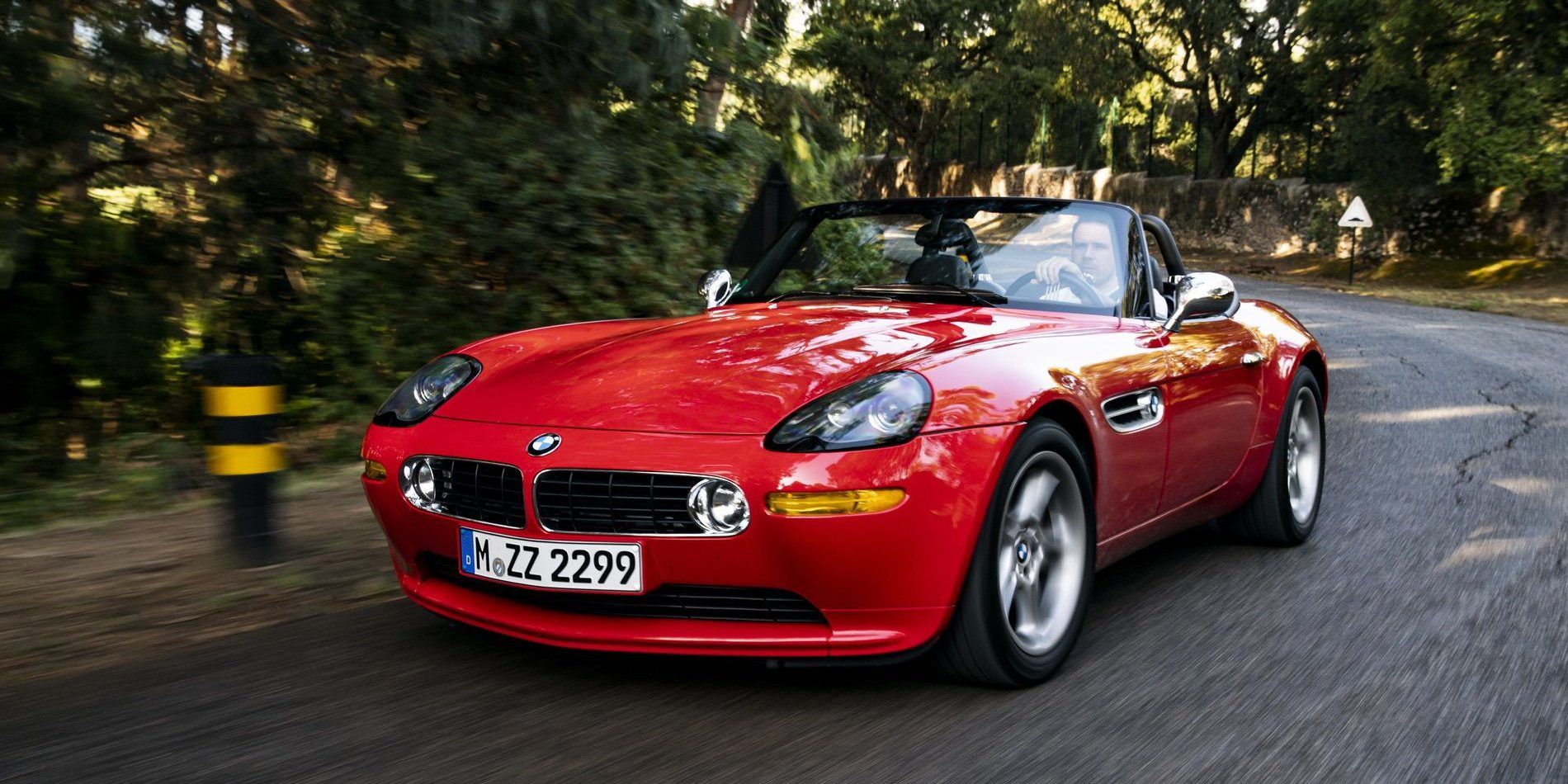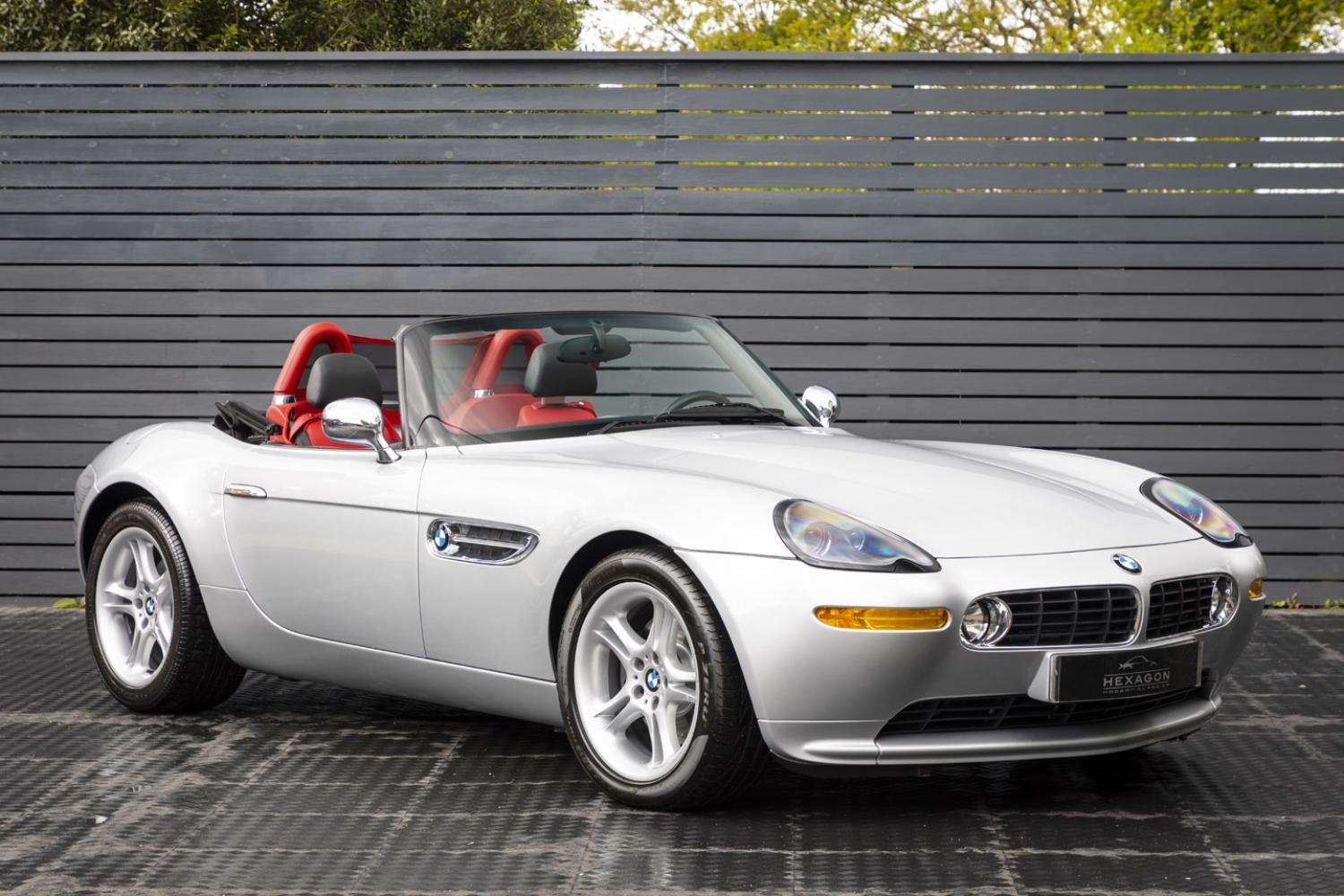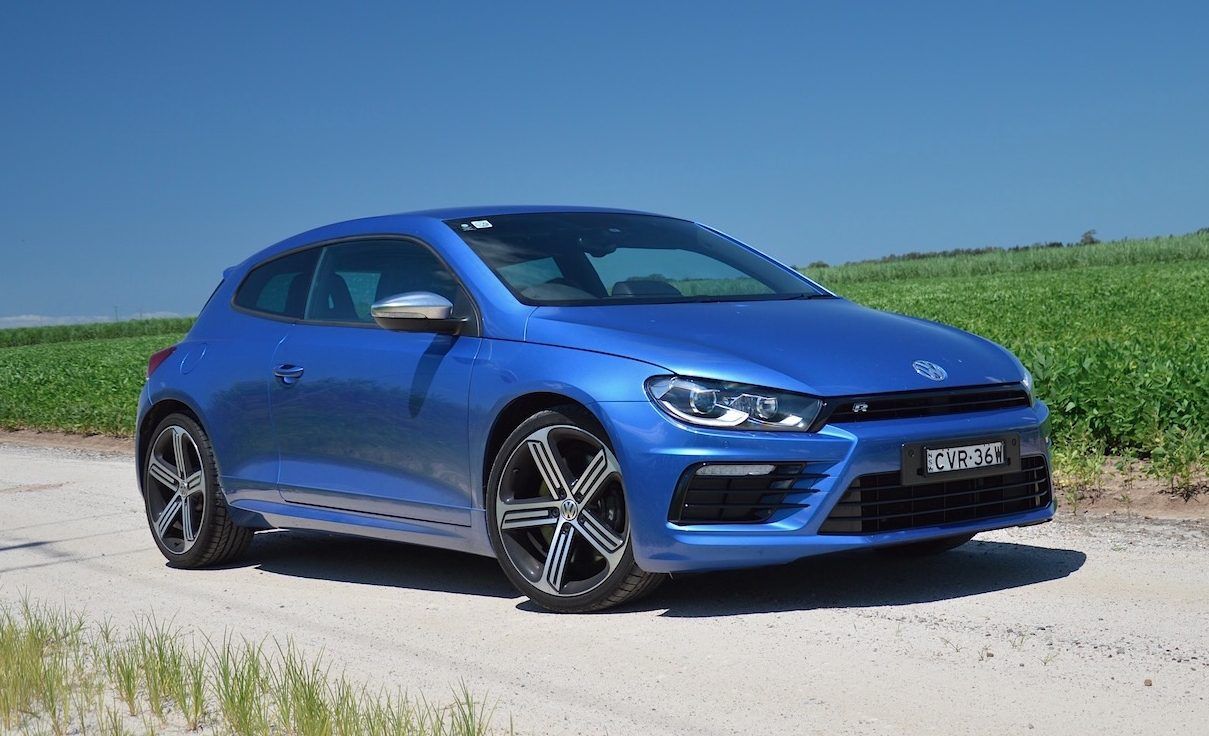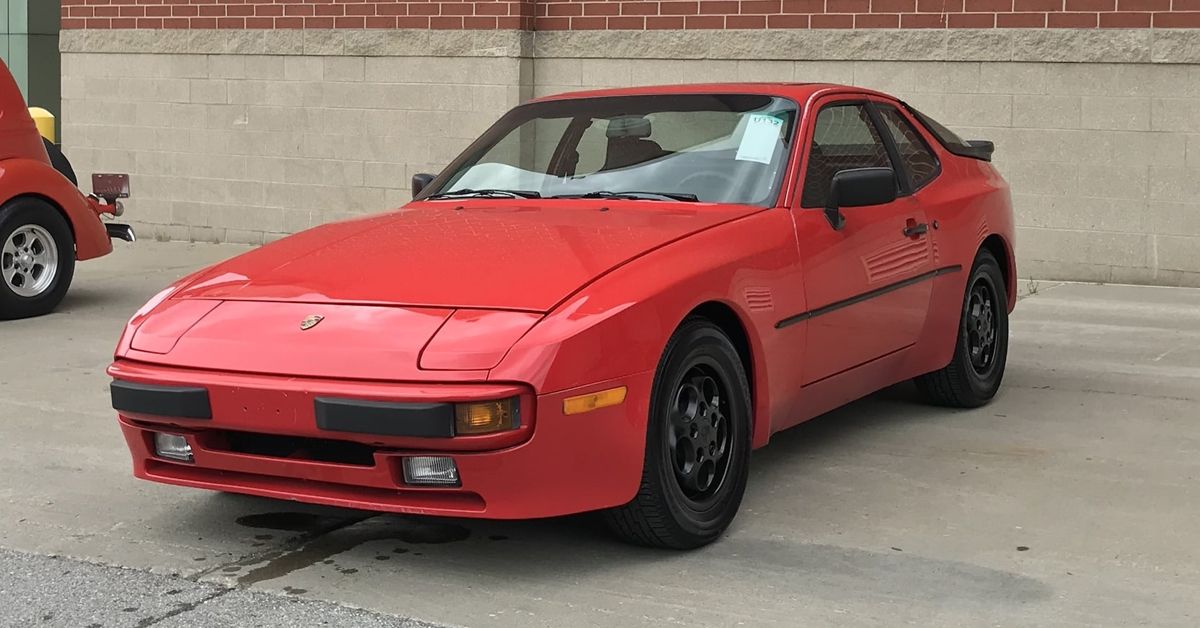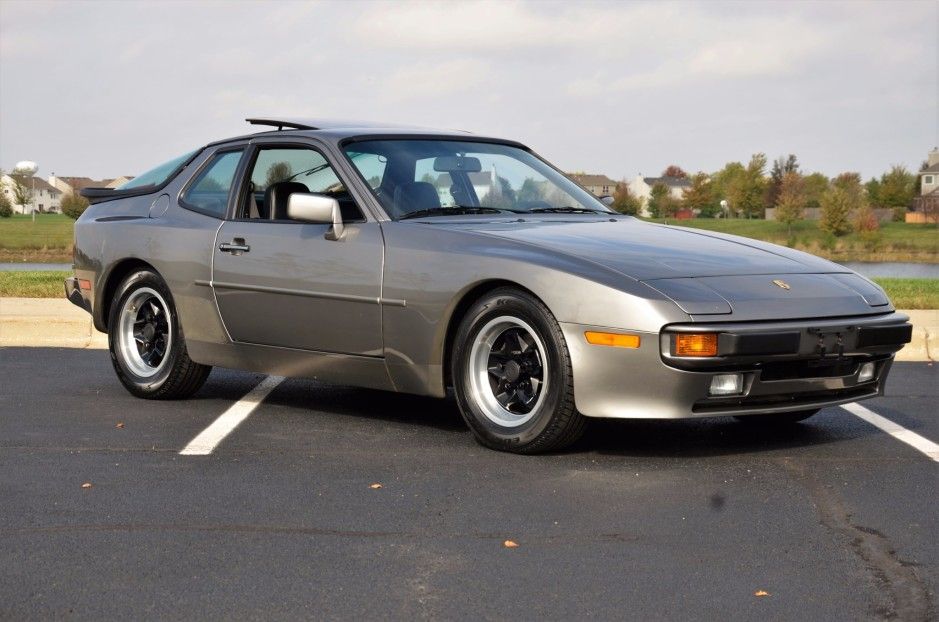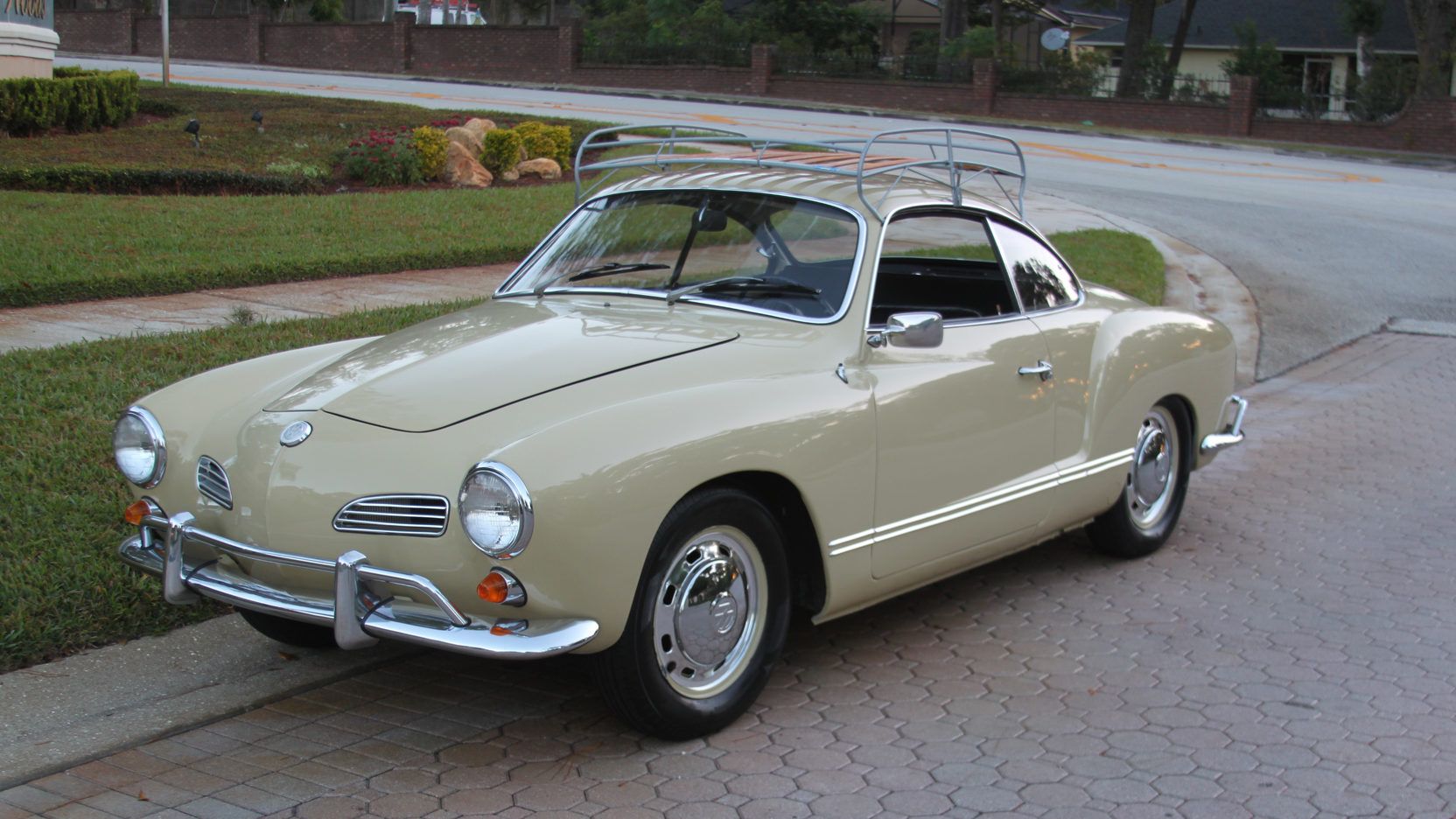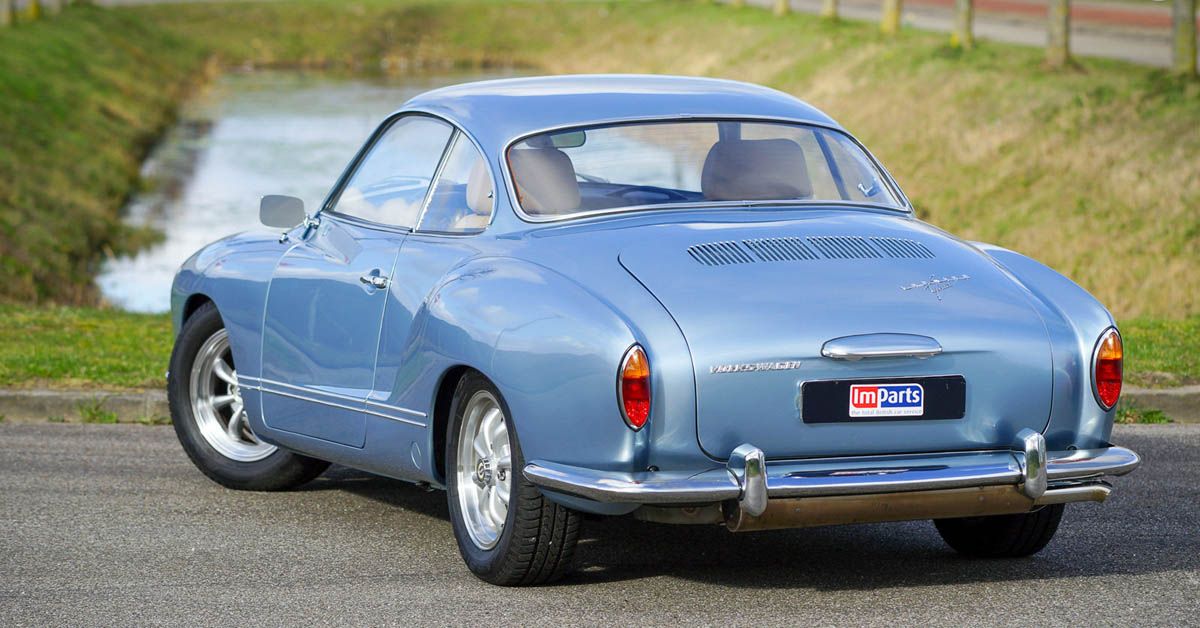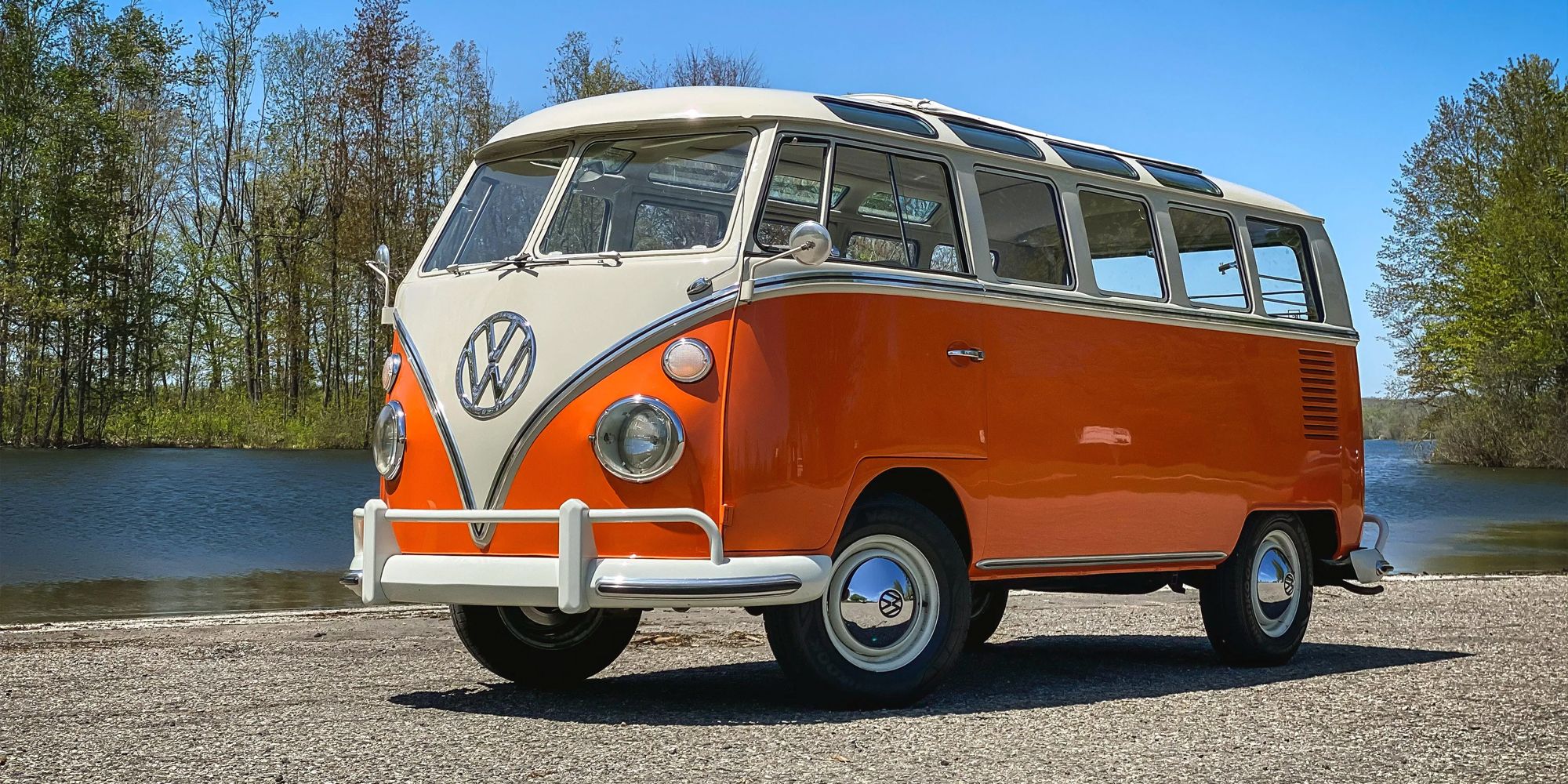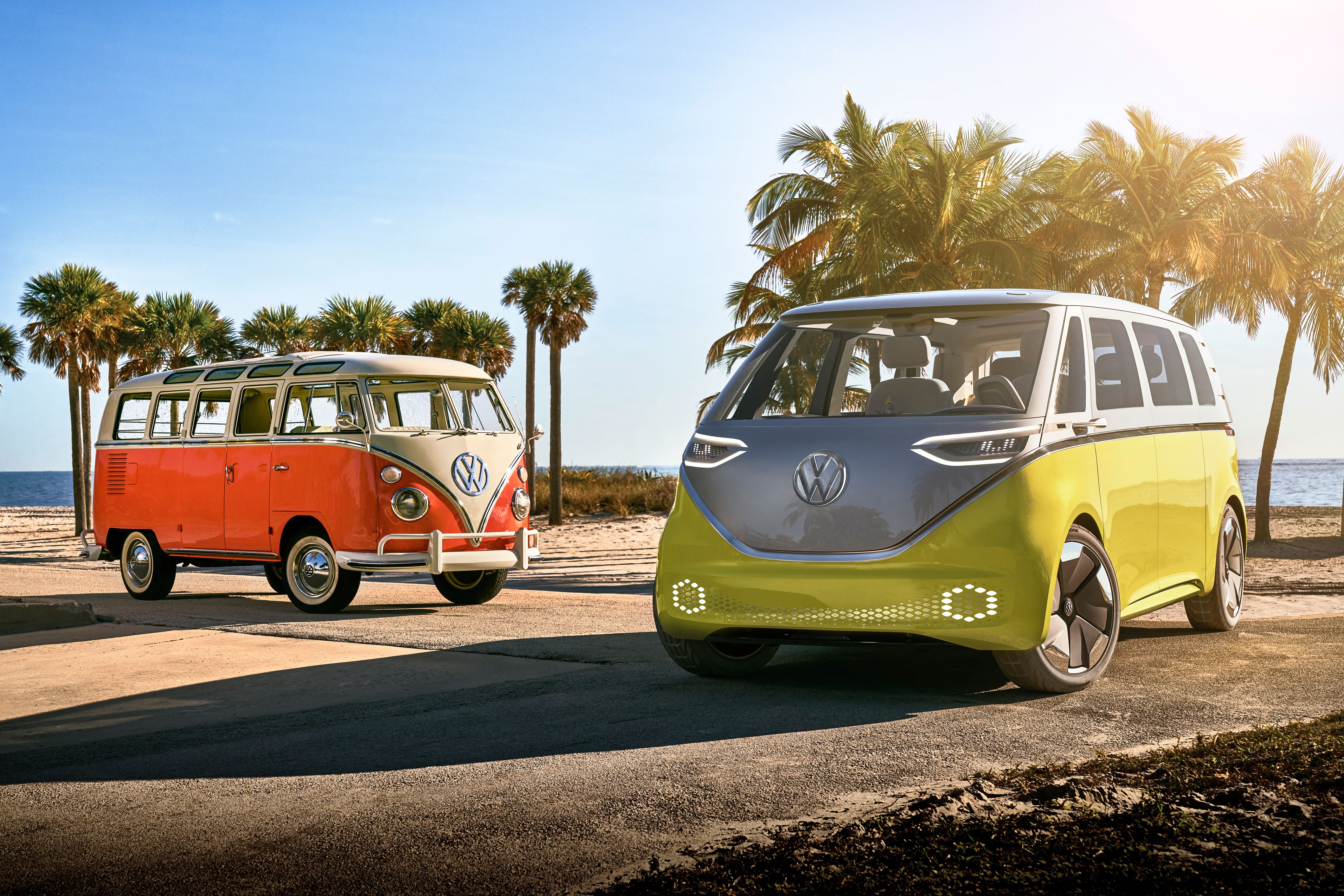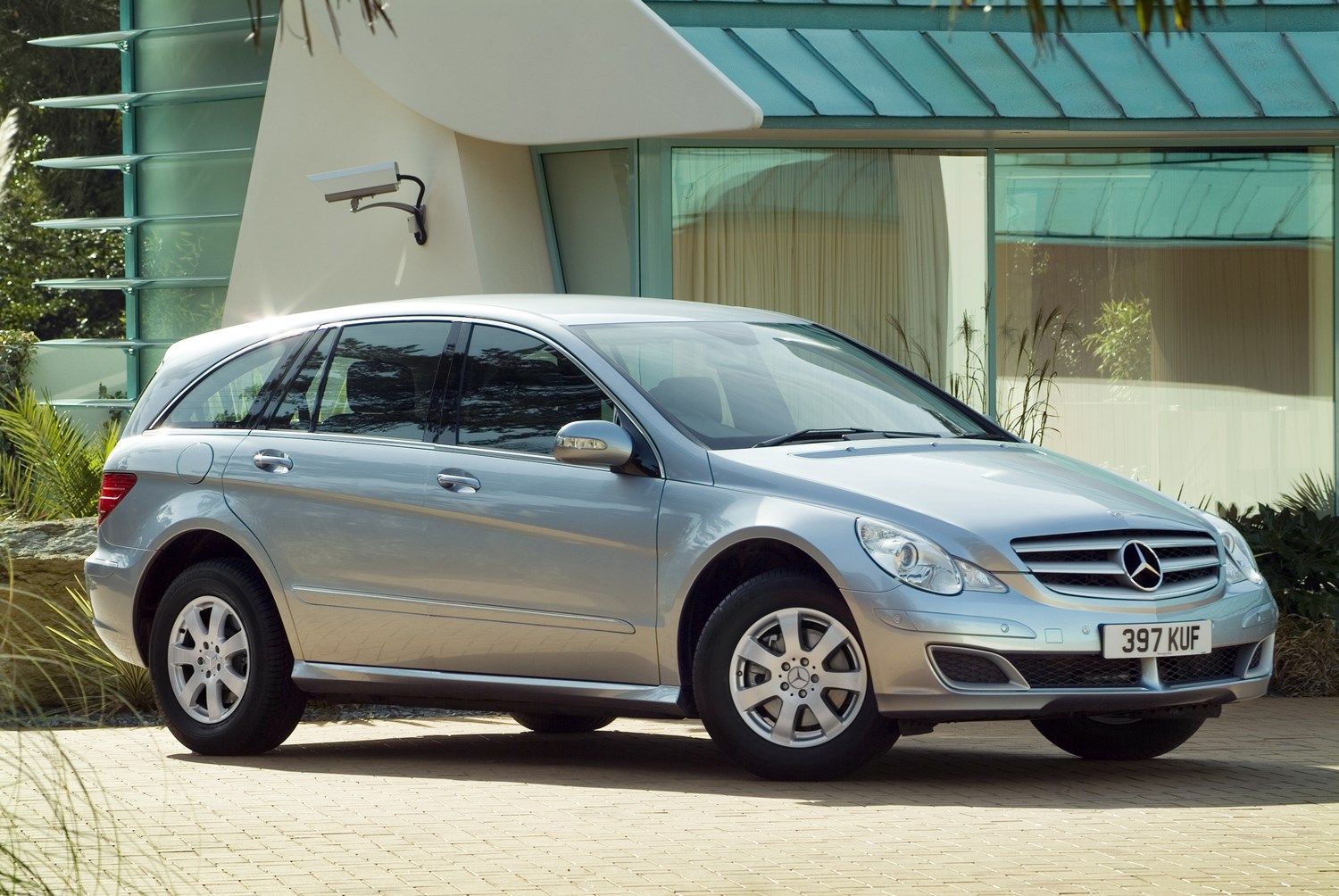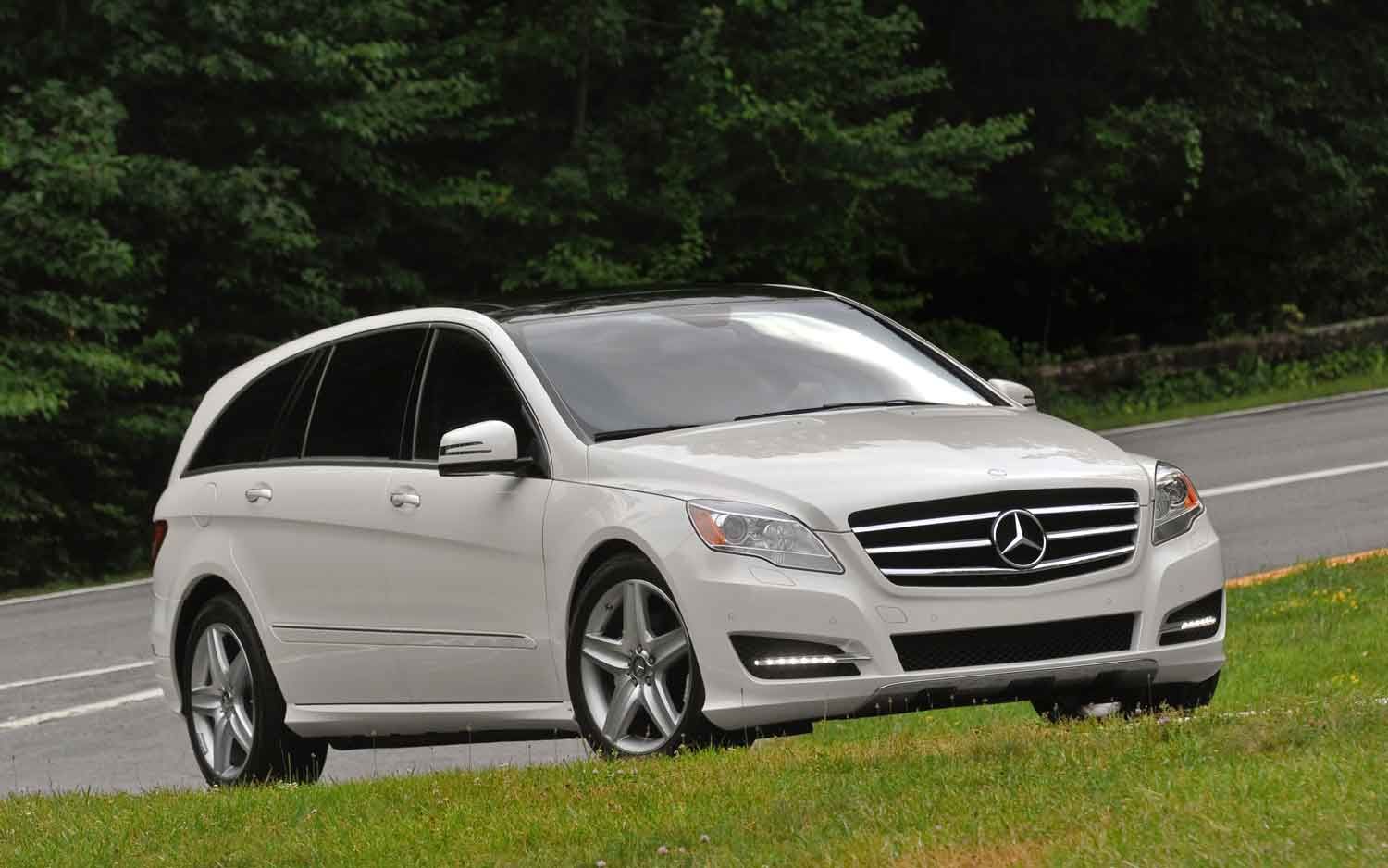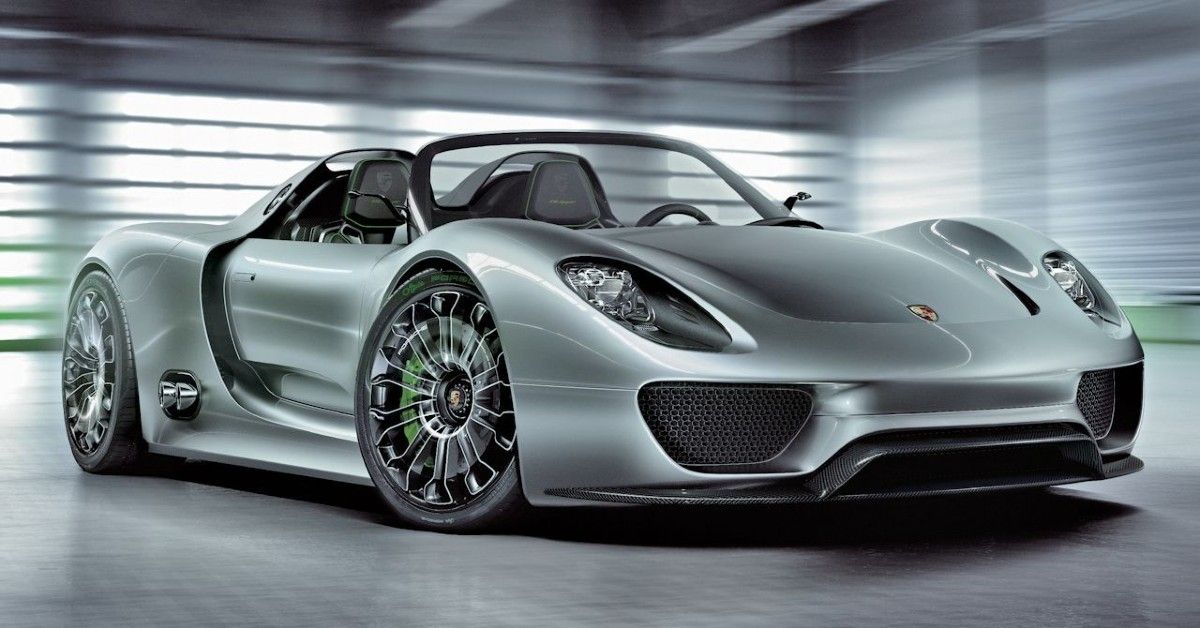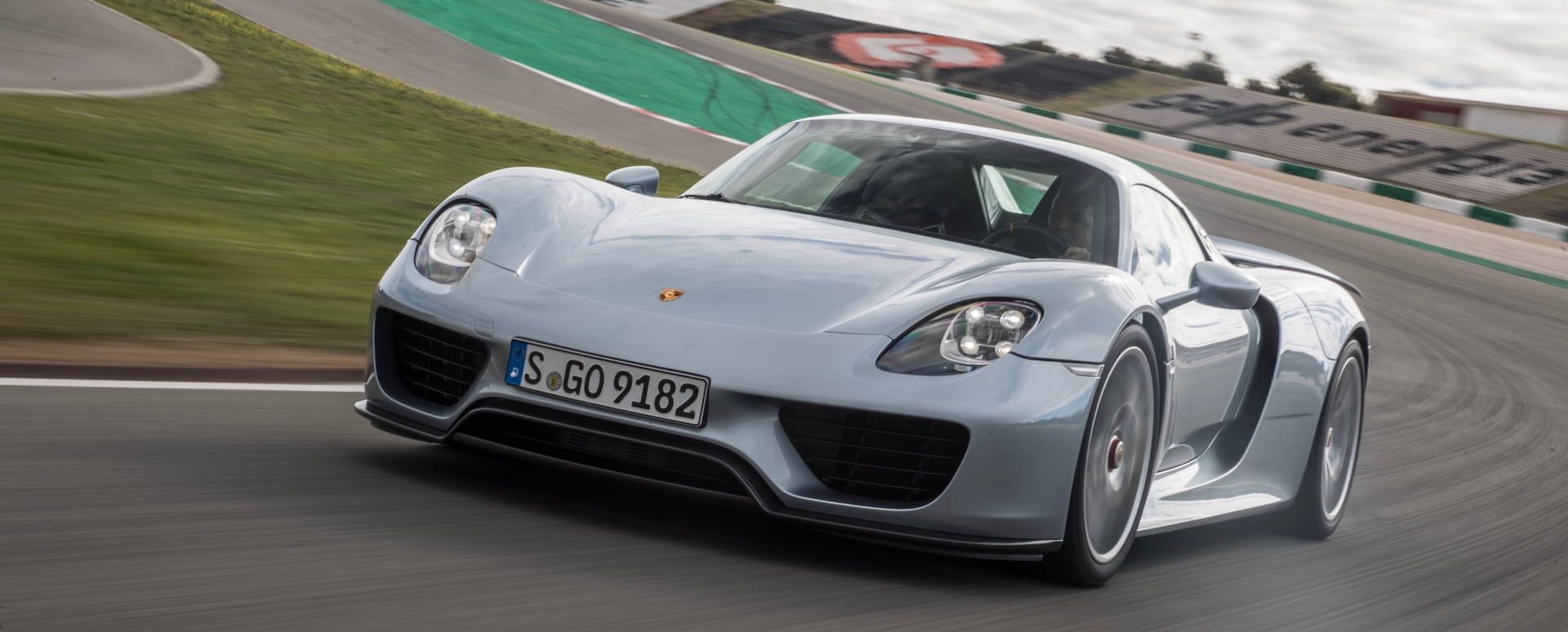Wouldn't it be awesome if you could walk in your local dealership and drive away a car you admired in your teenage years but went out of production before you were old enough to afford it? Well, we've witnessed many nameplates make a successful comeback after the manufacturer discontinued them. Some made a welcome comeback after decades. Good examples are the Ford Bronco, the Toyota Supra, Jeep Gladiator, Chevy Blazer, and the Honda Passport.
Bringing back a beloved classic car brings a sense of nostalgia mixed up with modern amenities for total usability. Everybody wins; the customers get to drive their car, and the manufacturer gets to mint their profits.
Now, Germans have blessed gearheads with many awesome cars over the years, some that are a collector's dream. Some, though, were so bad that we would like to forget. But here, we want to focus on the German cars we fell in love with and would love to see make a comeback.
10 Porsche 928
If you've watched Tom Cruise's 1983 coming of age film, Risky Business, you will agree that it's difficult to decide who was more stunning; the beautiful Rebecca De Mornay or the 1978 Porsche 928 in gold. The gentleman who bought the exact car for a cool $1.9 million will probably choose the car. And for a good reason because she was a luxurious, speedy grand tourer with a grunty and powerful V8 engine that made it hard to resist.
With a 2+2 arrangement, the Porsche 928 could seat four, and with more luggage, it was a better grand tourer than the legendary 911. Also, it was the first car Porsche designed with an engine at the front, and it could be nice to see it made once more.
9 Mercedes 190E Evo II
The 190E Evo II is arguably one of the most famous racing Mercedes cars built on four-door bodies. It used a high-revving naturally aspirated 2.5-liter inline-four engine that was no hindrance for the car gaining popularity amid 6-liter V12 racing monsters of the time. A highly functional body kit lowered drag to 0.29Cd, giving it wild aerodynamics. Indeed, it is one of the coolest homologation special cars ever made.
While the car isn't known for winning many races, it got props for its sweet handling. With just 502 examples made, the Evo II is a rare DTM homologation special sports car that fetches a fortune today. It is arguably the best-looking German sedan, and Mercedes could do well to bring it back.
8 Volkswagen Eos
The Eos came along when people thought Volkswagen could not produce great cars. When building the convertible, Volkwagen engineers paid attention to the details, resulting in a car with a stiff body, handsome looks, and predictable driving manners.
The adorable Eos was a surprising representation of value with a great cabin, slick hardtop roof, and good engine options. Add the perfect seating and driving position, low running costs, and inexpensive servicing, and we can't find enough praise for the car. Also, the convertible market has been low on options recently, and the Eos can be a great option in the market.
7 BMW Z8
BMW is known for coming up with clean and neutral designs for its coupes, sedans, and SUVs. That is why you won't be wrong to think the Z8 is one of the least BMW-like cars you've seen. The car features sumptuous curves and touches more in place in a 50s or 60s car. Making its debut in 2000, the Z8 was meant to be a direct descendant of the ultra-rare and exquisitely built MBW 507 roadster, but with modern goodies.
The Z8 outperformed many expensive supercars with top-class acceleration, braking, and handling. It is one of the hottest cars ever built, and they don't make them like the Z8 anymore.
6 Volkswagen Scirocco
The Volkswagen Scirocco was the sporty sibling of the Golf. They were both offered in a similar package, but the Scirocco received additional performance and less practicality than the Golf. It came with sleek looks and a sporty drive that was also quite comfortable with practical interiors.
The Scirocco has already had two lives, one from 1974 to 1992 and the 2008 to 2017 facelift. The first Scirocco was the car that replaced the iconic Karmann Ghia, and it would be a dream to see them both back in our showrooms.
5 Porsche 944
The 944 was an entry-level car with a water-cooled 2.5-liter inline-four, approximately half of the V8 engine in the successful flagship 928. Today, the car makes a great choice for any kind of collector, whether it's your first or twentieth. It still has a banging driving experience that feels relatively modern decades later, indicating its great build quality.
Its hatchback design, two rear seats, and a sizeable cargo area made the car quite practical. Some considered it a poor man's Porsche, but we could use an entry-level Porsche car, especially if it will be as good as the 944 was.
4 VW Karmann Ghia
The Karmann Ghia wasn't a sports car, but it handled like one. It was surprisingly light and fun to toss around, and for a while, it was revered as a luxury car at an affordable price. While it wasn't as fast as it looked, the car made sense as an affordable option in a market dominated by Porsche in the mid-1950s.
People loved its selling point as a sleeker Beetle. The Ghia is one of the most beautiful convertibles ever made, and some consider it one of the best Volkswagen cars ever made, despite its flaws.
3 VW Type 2
Now, this was the ultimate hippies' vehicle that you could often spot with a surfboard on the roof, a couple of guitars in the rear, and the occupants' hair flowing out the window. Its popularity has even earned it a few nicknames over time. While technically still in production, the modern VW T is nothing like the fat, rounded Kombi of old. 1950 to 1967 gave us the distinct van with the classic split windscreen we would love to see brought back
Volkswagen is rumored to bring back the most iconic van as part of the pure electric I.D. sub-brand. It will come complete with its retro-look that disguises the advanced battery-powered drivetrain.
2 Mercedes-Benz R-Class
When Mercedes unveiled the R-Class back in 2006, they described it as a wholly new motoring experience. A bold claim for a vehicle they discontinued after just six years, which may suggest otherwise. But the R-Class oozed excellence both in concept and execution because it worked; it was great to drive, had a huge cabin, the rear was easily accessible, and was high on practicality.
If you love long trips, this was your car, but it wasn't your typical mom's car. It was something between a minivan, a crossover, and it failed to reach sales targets, maybe because it was so good at many things yet a master of none. Maybe giving this Swiss army knife of cars will give people another chance to warm up to it.
1 Porsche 918 Spyder
The Porsche 918 Spyder was a hybrid hypercar like no other, and arguably the most complete we have seen yet. It had it all; a roadster frame mainly made of carbon fiber and four-wheel drive that made it an all-weather hypercar. And then there was the powertrain, a high revving 4.6-liter V8, and two electric motors that made a combined 875hp and 944lb-ft of torque. But it gets crazier; half of the power was availed at just 800rpm.
While it lacked the machismo and driving experience of the LaFerrari or the McLaren P1, the Spyder was the more approachable of the hypercar rivals, hence more usable. The car was a step into the future and proof that hybrid can work on the highest level of performance. An impressive 30mpg, dazzling performance on the track and daily usability made it the complete package.

